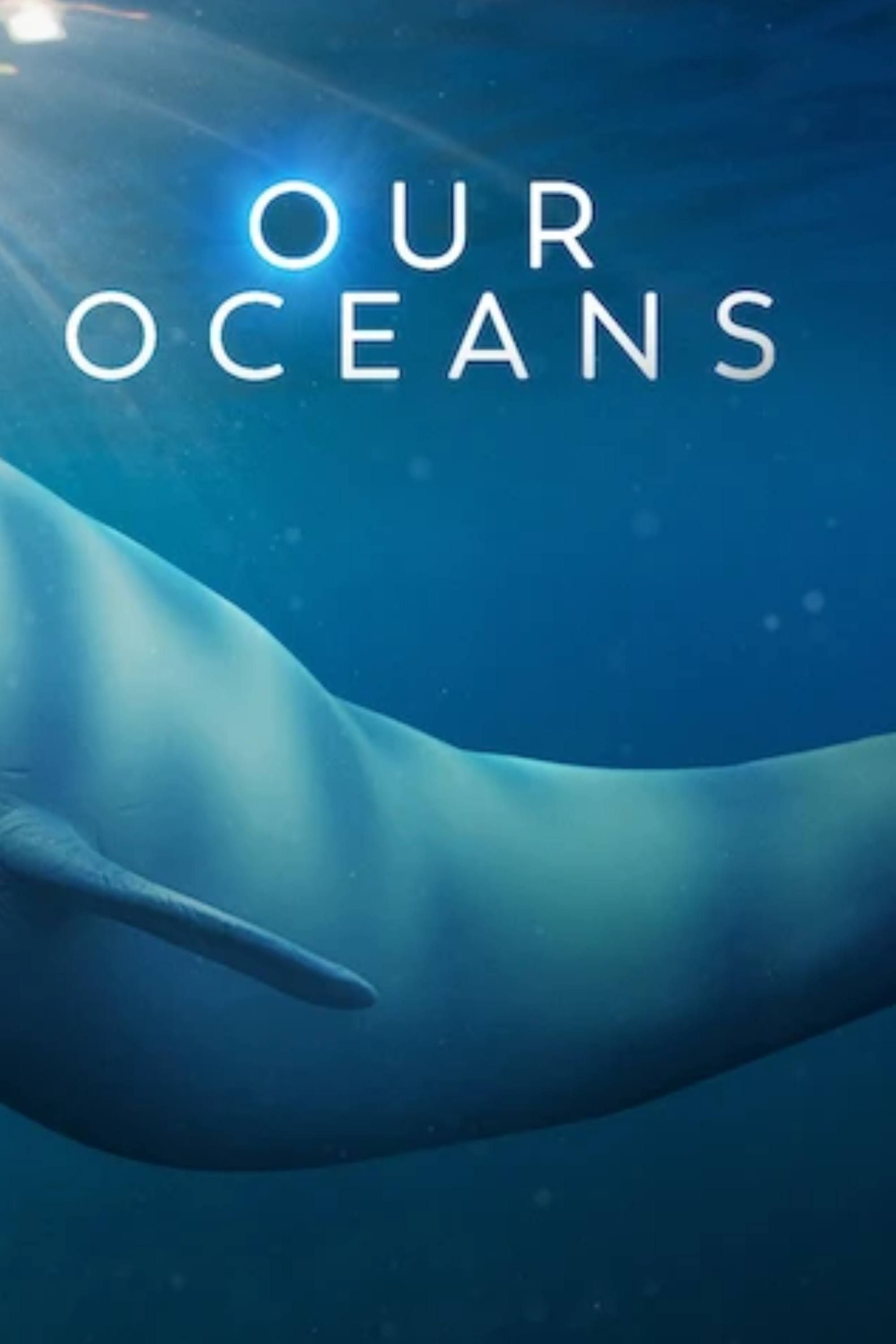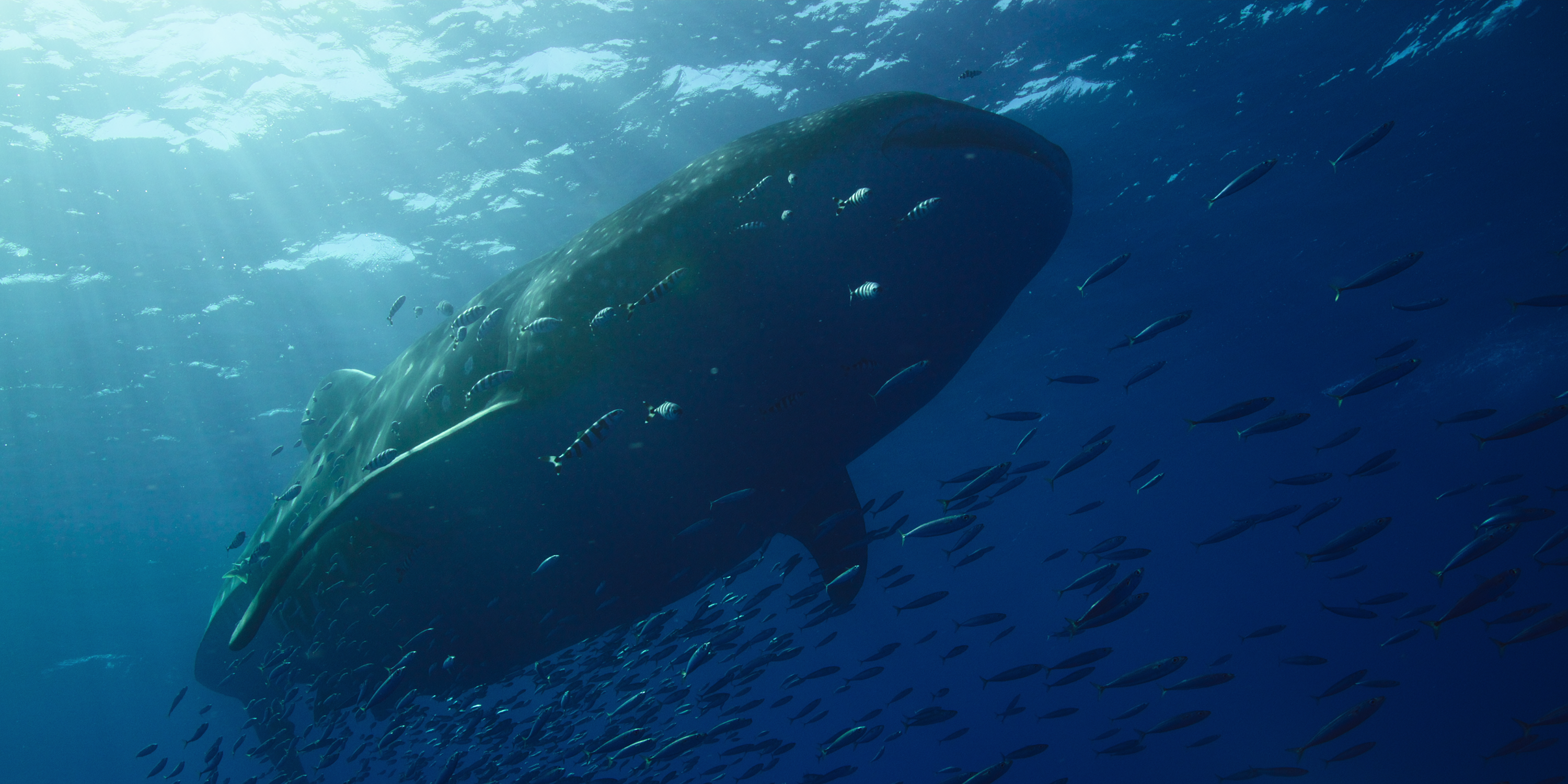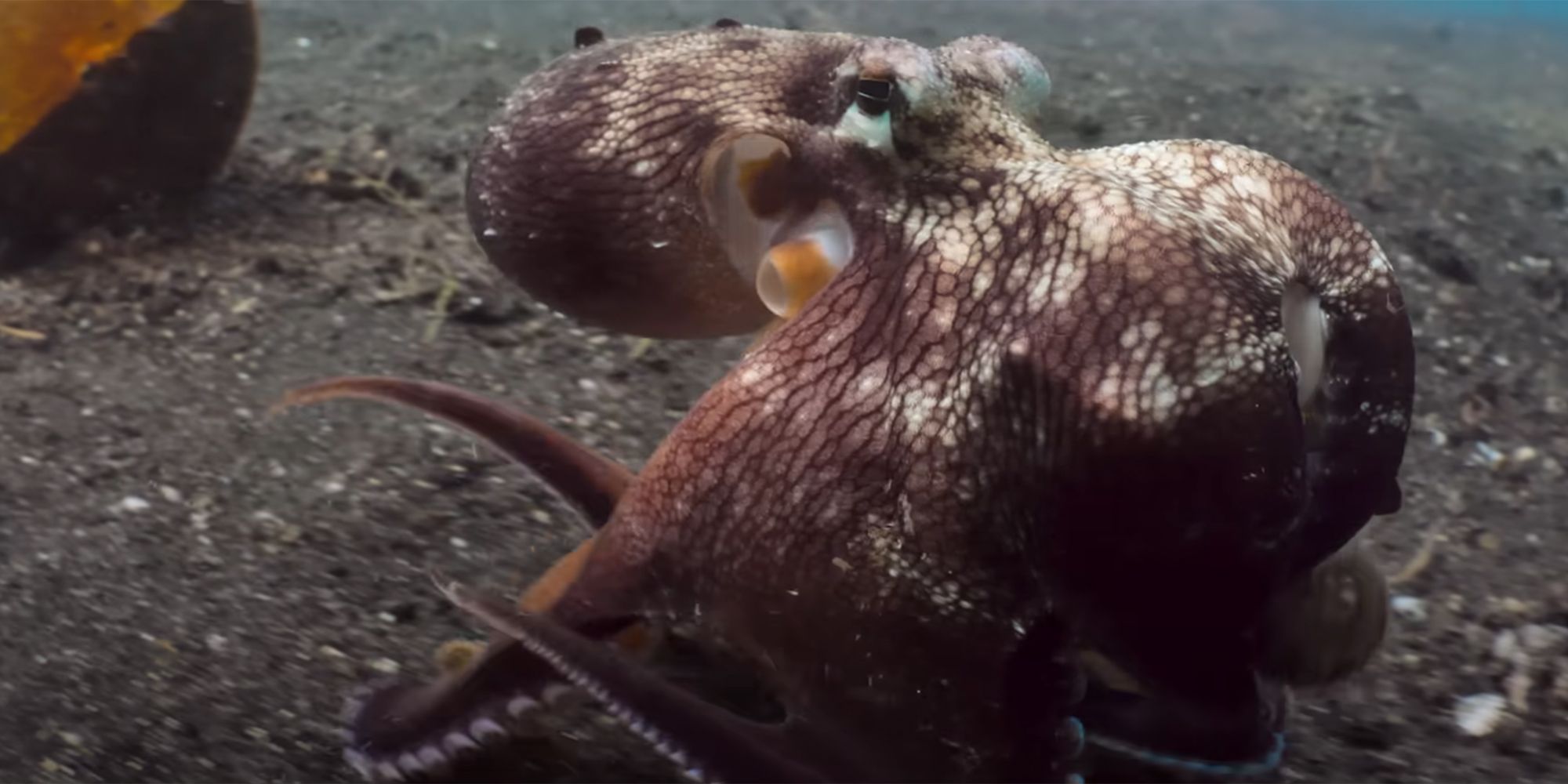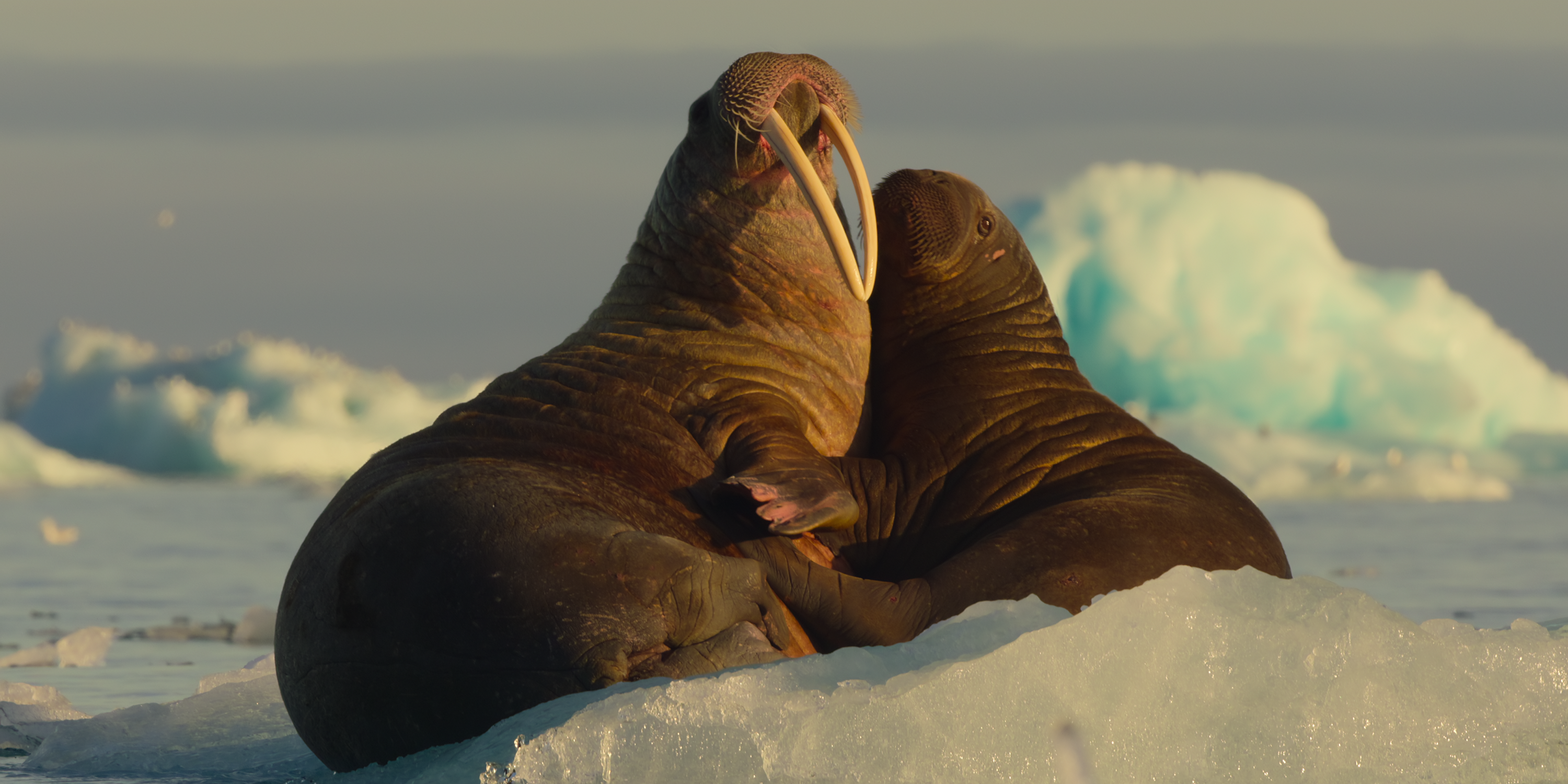As global warming rages on and the climate crisis grows ever more concerning, humans must do their part to understand the ecosystems of planet Earth and help conserve them. Netflix is offering up Our Oceans to the cause, a five-part docuseries from Freeborne Media (the Emmy Award-winning filmmakers behind Our Great National Parks), which is set to begin streaming on November 20. The series takes viewers on a journey through the planet’s five oceans, following the “Global Ocean Current” (more on that later) to emphasize how diverse lives are linked by the same life force, whether they reside in the Atlantic or the Indian Ocean.
President Barack Obama narratesOur Oceans, and his playful yet steady intonations allow audiences to take in the wonders of the world while simultaneously pondering the dangers they face. Filmmaker James Honeyborne, who has been responsible for various nature documentaries including the acclaimed Blue Planet II, and his fearless team use cutting-edge technology to get up close and personal with the creatures that live under the sea, often uncovering never-before-seen behaviors that are sure to amaze and astound.
Related
30 Best TV Shows On Netflix Right Now (November 2024)
From classics like Suits and Seinfeld to twisty sci-fi like Stranger Things, the best shows on Netflix have something for everyone.
ScreenRant had the pleasure of attending a special screening hosted by Netflix at Monterey Bay Aquarium, where the Our Oceans filmmaking team introduced the project and shared some of the exciting experiences that occurred during production. Executive producer James Honeybourne, series producer Jonathan Smith, and series researcher Inka Creswell each offered up fascinating tidbits about the aquatic lives they touched while bringing the nature docuseries to life.
How Our Oceans Coined The Term “Global Ocean Current”
“Our intention was to tell the story of five incredible oceans, each with their own character and their own story to tell.”
While viewers might expect that each of the five episodes will be dedicated to each of the five oceans, Our Oceans makes the surprising choice to focus instead on the interconnectedness of the ocean. When asked how the “Global Ocean Current” came to be the reigning thesis of the docuseries, Honeyborne explained:
As I think it was clear from this show, we are following the path of the current. When we started out, our intention was to tell the story of five incredible oceans, each with their own character and their own story to tell. But as we began to look more closely, we knew the ocean was split by the currents, but actually there’s a path that connects them all and ties them together. And there’s a way of flowing this whole story through them into one.
Rather than it being five episodes, it’s really one story told in five parts, and at the end we come to the logical conclusion. But the amazing conclusion, of course, is that it’s not five oceans; it’s one ocean, and it’s all connected. And that means whatever we do anywhere can have an impact everywhere. It’s all connected. And this is to us an amazing story to be able to tell and share and realize for the first time. Our challenge was that it didn’t even have a name – not a popular name, anyway. It’s the thermohaline circulation, so we had to sort of come up with the “global ocean current,” which we feel is a really lovely way of telling it.
Perhaps the most fascinating outcome is that scientists who spoke with Honeyborne and the Our Oceans researchers were so taken with this new terminology that, according to James, “They’re now saying that they’ll use it in their lectures at University.“
An Octopus Packing Heat Is Just One Of The Incredible Stories In Our Ocean
“This is where the story took a really crazy turn…”
Our Oceans series producer Jonathan Smith explained that while the core team working on the docuseries remained the same throughout, the total number of scientists and researchers participating at times ballooned to 700. Given that their big mission was “to film things that nobody has ever seen before,” that meant documenting behavior that marine biologists may have spotted in isolated incidents and attempting to recapture it when filming. Despite the fact that “nature never reads a script,” there were moments of sheer beauty in which the filmmaking crew managed to weave a story out of some incredible behaviors.
Smith recounted his favorite incident involving an octopus “so small that it lives in and around trash,” which can be seen in Our Oceans and took place in the Indian Ocean:
An octopus is very, very clever, so we filmed this octopus finding its way and looking for somewhere to hunt. At one point, it went into a plastic cup, but it knew that even though it was within the hideaway looking out, predators and the things it wanted to catch in particular could see it. So, [its solution was] that it found not just one half of a clamshell, but having found one half, it went looking for the perfect match to then find another. And now it can have a plan. Our octopus, armed with its two shells, became a clam. It dug itself into the sand hidden away, just poking its head out.
Once the octopus was ensconced in its hiding spot, it encountered the issue of getting rid of the crab shell after eating. Because of the waste, other (larger and more predatory) fish began circling, which could potentially endanger the octopus and scare off future crabs. Having set the scene, Smith declared, “This is where the story took a really crazy turn.”
Our camera team didn’t even spot it until they were back in their hotel room in the evening looking at the rushes. Then when they saw it, they spent another hundred hours filming it over the next couple of weeks. But here’s the behavior – totally new to science. We’ve got a scientific paper being written on it at the moment, alongside 20 other scientific papers that are being written about the behaviors that we found across the series.
The octopus is surrounded by these big fish, and you’ve seen how an octopus breathes out of something called a siphon. It sucks up a stone, and then it aims up. It picks a fish, it aims up, and it shoots a fish. In the end, it turns itself into a gun. It then doesn’t just do it once; it keeps doing it to scare all the fish away, so then it can go and hunt.
Our Oceans Researcher Has Advice For Budding Marine Biologists
“The best thing you can do after this is come and advocate yourselves.”
Inka Creswell is a B.Sc Marine Biologist, wildlife filmmaker, and ocean conservationist who fell in love with the ocean at the age of six. When asked how to motivate a new generation of aspiring ocean researchers, she shared the following:
“I remember going rock hauling and just being absolutely fascinated by these tiny worlds of life. It was the best way for me to start to understand how ecosystems worked, and the fact that it was so accessible [made it] such a fantastic place to explore. By the time, I went about five or six, I knew I was going to be a marine biologist. Originally, I think I told my dad that I wanted to work with dolphins, and he said, “That’s called being a marine biologist.” I took his word for it, and it very much set me down that path. It has been the most amazing journey.
But I think for me, the thing that really stood out is that having all of this knowledge for yourself is great, but the best thing you can do is share that knowledge. I think that every one of you who love learning about all these amazing things, or maybe you are snorkeling out in your local ecosystem or you come to a talk like this and you get to hear people like us talking, the best thing you can do after this is come and advocate yourselves. Every one of you has an experience and a story to tell, and you can think about the best way that you can share your knowledge. That is the best possible way that you can help save our oceans.
More About Our Oceans (2024)
Dive into Our Oceans, a thrilling five-episode series, narrated by Barack Obama, that invites you to join Emmy winning wildlife filmmaker James Honeyborne on an awe-inspiring adventure. This groundbreaking show will whisk you away on a global journey, uncovering the mesmerizing stories of our planet’s five majestic oceans. Each episode delves into the unique characters of the creatures within these ecosystems, from playful and cunning to resilient and mysterious. Ride along the world’s great current as we reveal nature’s most spectacular aquatic personalities and breathtaking wonders.
Our Oceans
premieres November 20 on Netflix.

The oceans, crucial to Earth’s balance, remain largely unexplored, with “Our Oceans” revealing the wonders beneath their varying waters, from the warm Indian to the icy Arctic.
- Cast
- Barack Obama
- Character(s)
- Narrator
- Release Date
- November 20, 2024


